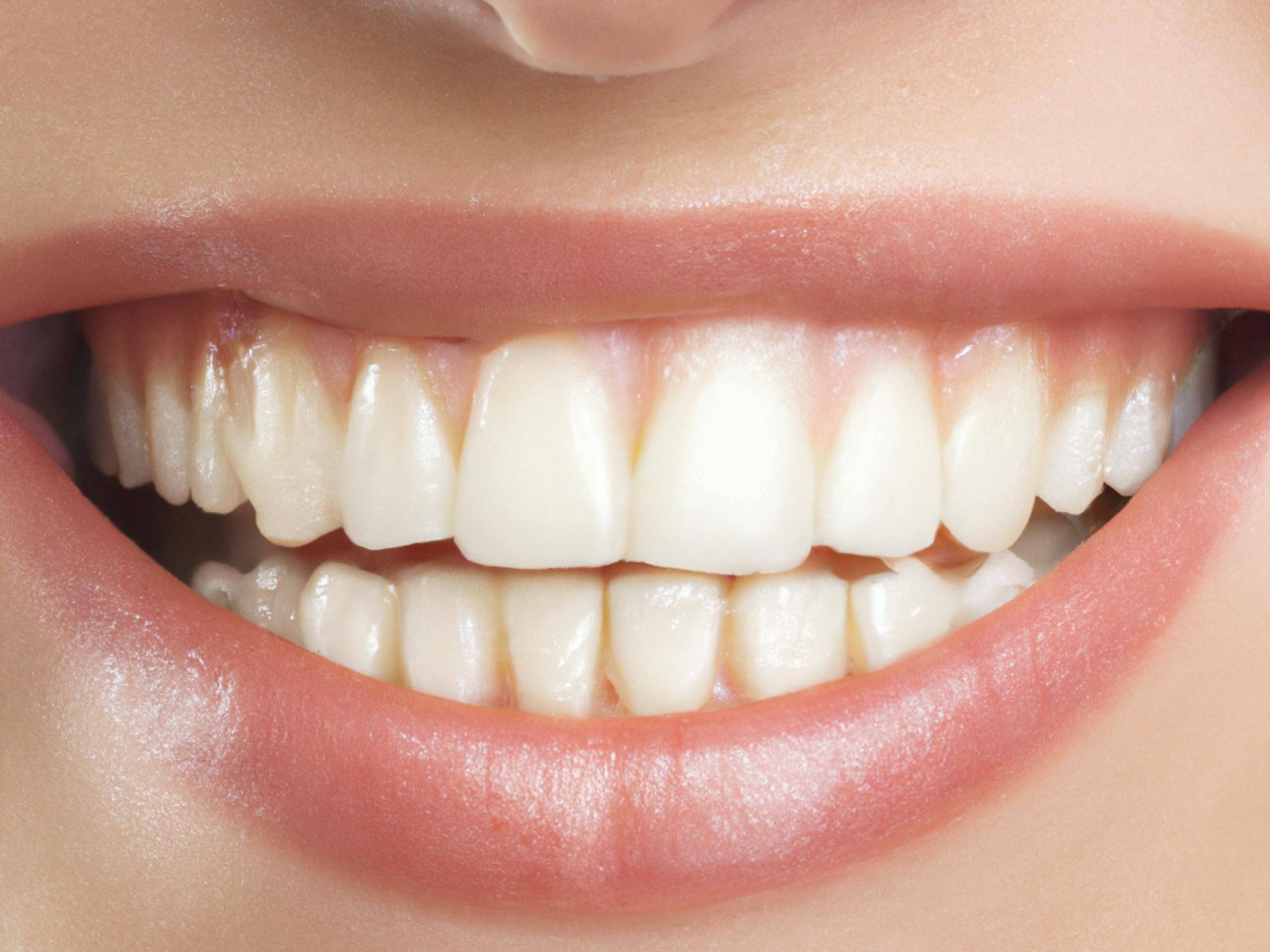Your smile is one of your most valuable assets, but tooth erosion can silently damage it over time. Tooth erosion occurs when the enamel—the hard, protective outer layer of your teeth—wears away due to acids or mechanical forces. Unlike cavities caused by bacteria, erosion is often the result of lifestyle habits, diet, or medical conditions. Understanding the top causes of tooth erosion is the first step toward protecting your smile and maintaining strong, healthy teeth for years to come.
1. Acidic Foods and Drinks
One of the most common culprits behind tooth erosion is the frequent consumption of acidic foods and beverages. Enamel begins to dissolve at a pH level of 5.5 or lower, and many everyday items fall well below this threshold.
Common Acidic Culprits
- Citrus fruits: Oranges, lemons, and grapefruits are highly acidic.
- Sodas and carbonated drinks: Even diet sodas contain phosphoric and citric acids.
- Vinegar-based foods: Pickles, salad dressings, and sauces can contribute to erosion.
- Wine: Both red and white wines are acidic, with white wine being particularly harsh on enamel.
To minimize damage, rinse your mouth with water after consuming acidic items and wait at least 30 minutes before brushing to avoid scrubbing weakened enamel.
2. Acid Reflux and GERD
Gastroesophageal reflux disease (GERD) and frequent acid reflux expose your teeth to stomach acids, which are far more corrosive than dietary acids. Over time, this can lead to significant enamel loss, especially on the back teeth.
How to Protect Your Teeth
- Manage GERD: Work with your doctor to control reflux through diet, medication, or lifestyle changes.
- Rinse after reflux episodes: Use water or a fluoride mouthwash to neutralize acids.
- Avoid lying down after eating: Stay upright for at least two hours to reduce reflux risk.
3. Overbrushing or Using a Hard Toothbrush
While brushing is essential for oral health, doing it too aggressively or with a hard-bristled toothbrush can wear down enamel over time. This is especially true if you brush immediately after consuming acidic foods or drinks.
Proper Brushing Techniques
- Use a soft-bristled brush: Gentle bristles clean effectively without damaging enamel.
- Brush gently: Apply light pressure in circular motions rather than scrubbing back and forth.
- Wait before brushing: If you’ve had acidic foods or drinks, wait 30 minutes to allow saliva to remineralize enamel.
4. Dry Mouth (Xerostomia)
Saliva plays a crucial role in neutralizing acids and remineralizing enamel. A dry mouth, whether due to medications, dehydration, or medical conditions, increases the risk of tooth erosion because acids linger longer on teeth.
Combatting Dry Mouth
- Stay hydrated: Drink plenty of water throughout the day.
- Chew sugar-free gum: Stimulates saliva production.
- Use saliva substitutes: Ask your dentist about products that can help.
- Avoid alcohol-based mouthwashes: These can worsen dryness.
5. Teeth Grinding (Bruxism)
Grinding or clenching your teeth, especially at night, can mechanically wear down enamel. Over time, this leads to flattened, sensitive teeth and increases susceptibility to further erosion.
Protecting Your Teeth from Bruxism
- Wear a night guard: A custom-fitted guard from your dentist cushions teeth.
- Reduce stress: Practice relaxation techniques like meditation or yoga.
- Avoid caffeine and alcohol: These can worsen grinding.
Conclusion
Tooth erosion is a gradual process, but once enamel is lost, it doesn’t grow back. By recognizing the top causes—acidic foods, GERD, overbrushing, dry mouth, and bruxism—you can take proactive steps to protect your smile. Simple changes like adjusting your diet, improving oral hygiene habits, and seeking treatment for underlying conditions can make a big difference. If you suspect erosion, visit your dentist for personalized advice and treatments such as fluoride applications or bonding. Your smile deserves the best care!
